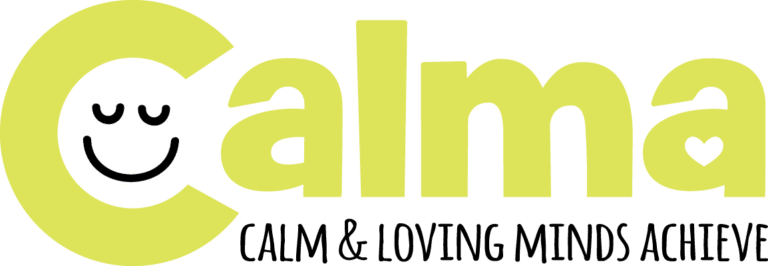I once heard at a positive behavior training led by Dan St. Romain that a child’s attention span = their age + or – two minutes, up to the age of 14. This means a five-year-old kindergarten student can realistically only pay attention for a whopping 3-7 minutes. An eighth grade fourteen-year-old middle school student can give you 12-16 minutes before he or she checks out. Add in hours of screen-time full of fast-paced entertainment, and a child’s ability to focus in the classroom decreases, while their need for loud, animated, rapid and exciting entertainment increases. This leaves teachers to fight a losing battle, vying for the attention of 25-30 students while delivering lesson plans of minimal entertainment for more than quadruple the amount of time a child is actually able to pay attention.

In The Science of Mindfulness lecture Dr. Ronald Siegel explains that our brains are wired to worry about the past, or future, instead of focusing on the present moment. Our ancestors were hunter gatherers who spent each day remembering every bad thing that had happened, and spent much of their lives anticipating more trouble in the future. The ancestors that did focus on the moment by enjoying a luscious piece of fruit, or the campfire, statistically, were not our ancestors because they died before reproducing. This, according to Siegel, is the mind they bequeathed to us. The problem with this is that when students are focused on the past or future, and not the present moment, they are not learning. Yikes.
But, don’t worry! There’s hope. In the past decade, researchers have been studying a new concept of science called neuroplasticity, which simply means that our brains are moldable, like plastic, as opposed to being hard-wired after childhood. Our brains are constantly being reshaped throughout our lives based on our thoughts and experiences. The Center for Investigating Healthy Minds is grounded in the work of the cutting-edge findings around neuroplasticity, and has found that the focus of our awareness determines which part of the brain are strengthened, and which are weakened, or lost. Therefore, when we get caught up in cycles of worrying, these are the networks that become stronger. However, if we practice being clear, calm and focused, we can strengthen these networks too.
Mindfulness is a technique that can nurture these positive changes in the brain because it allows us to slow down, and focus on the present moment, instead of the past of future. This helps build our skills of attention, concentration, and the capacity to direct our awareness in a certain way. If we practice being calm, and focused, we can strengthen these networks in our brain, and our minds will become less distracted.
I have spent the past several months practicing mindfulness with kindergarten-8th grade students, and it is amazing to see the impact that just 3-5 minutes of mindfulness has on them. It provides them the time and space to let go of anything that happened earlier in their day, or that might be happening later, that could be distracting their thoughts, and really allows for them to tune in to the present moment so they can be focused in class. As I tell my students, “It’s just like stretching before you work out or go on a run, we are doing an exercise that is preparing our brains to learn.” And, just like we lift weights to strengthen our muscles, research shows that if mindfulness is practiced regularly, then those positive networks are being strengthened, and, overtime, it will become easier for students to concentrate, ultimately allowing more learning to occur.
A couple great places to find mindfulness for children are: Stop, Breathe & Think Ap, Headspace Ap, Mindfulness for Children, and our Calma Kids mindfulness audios.
